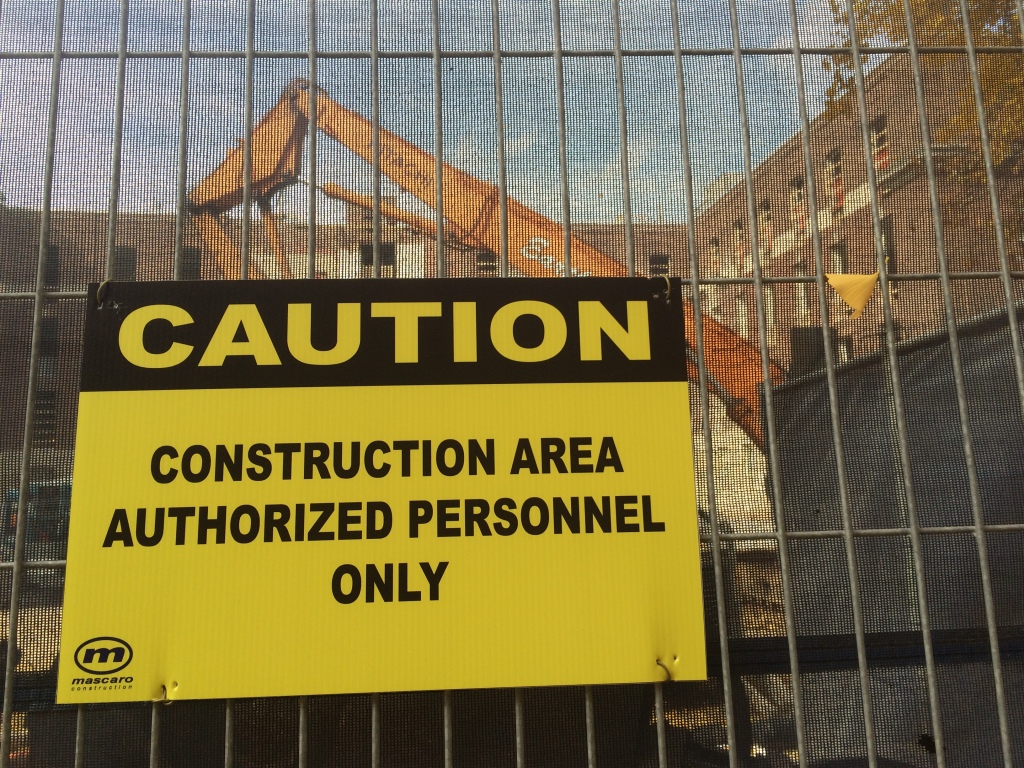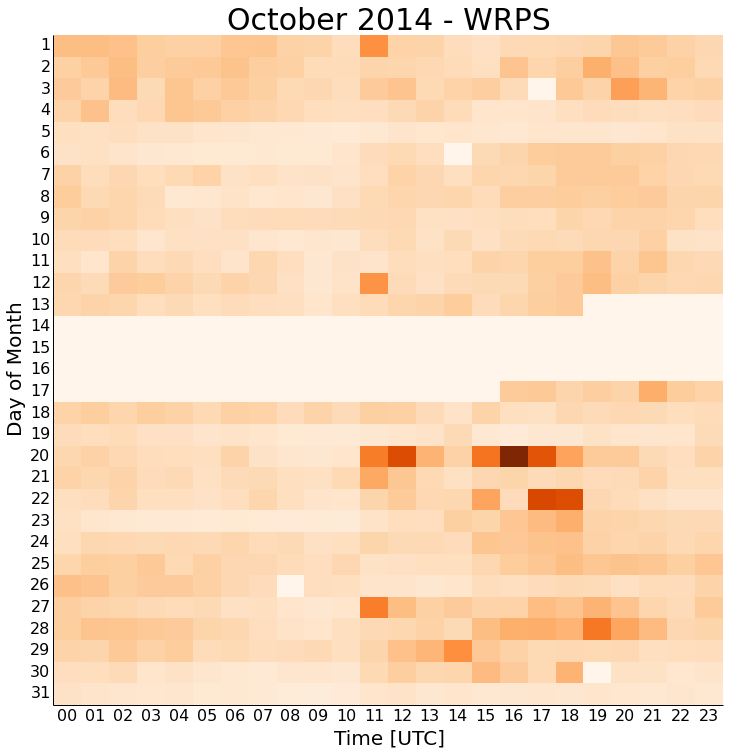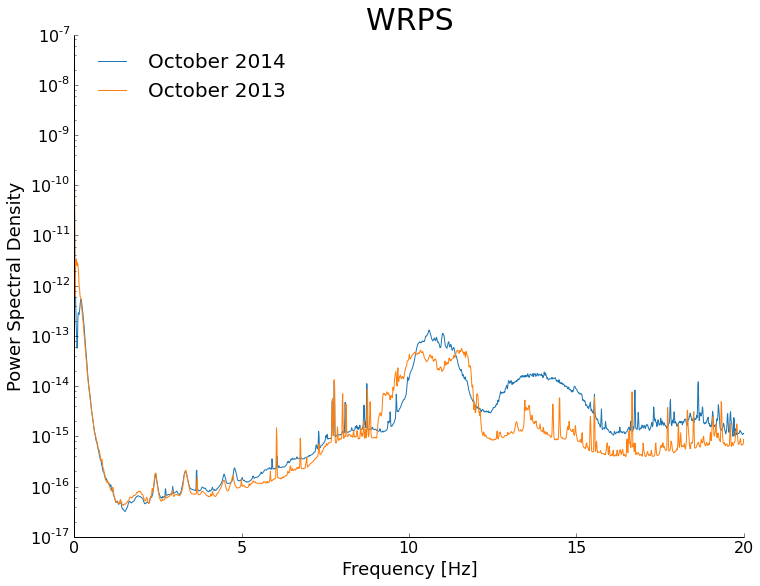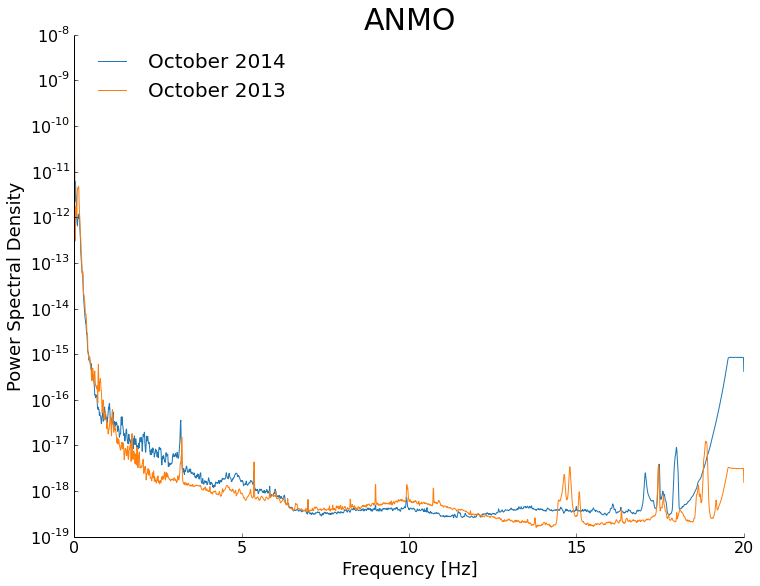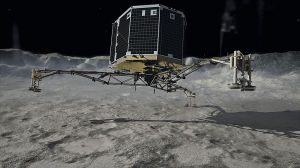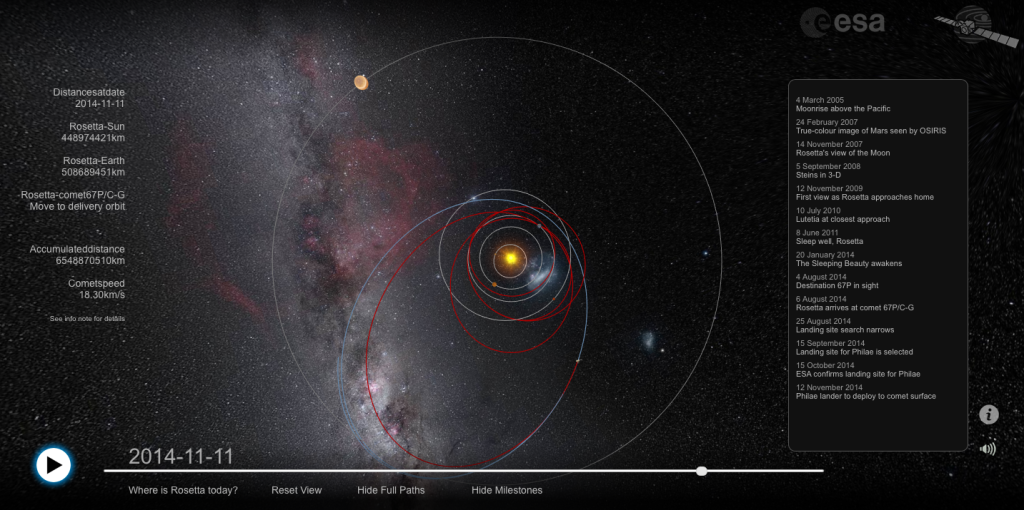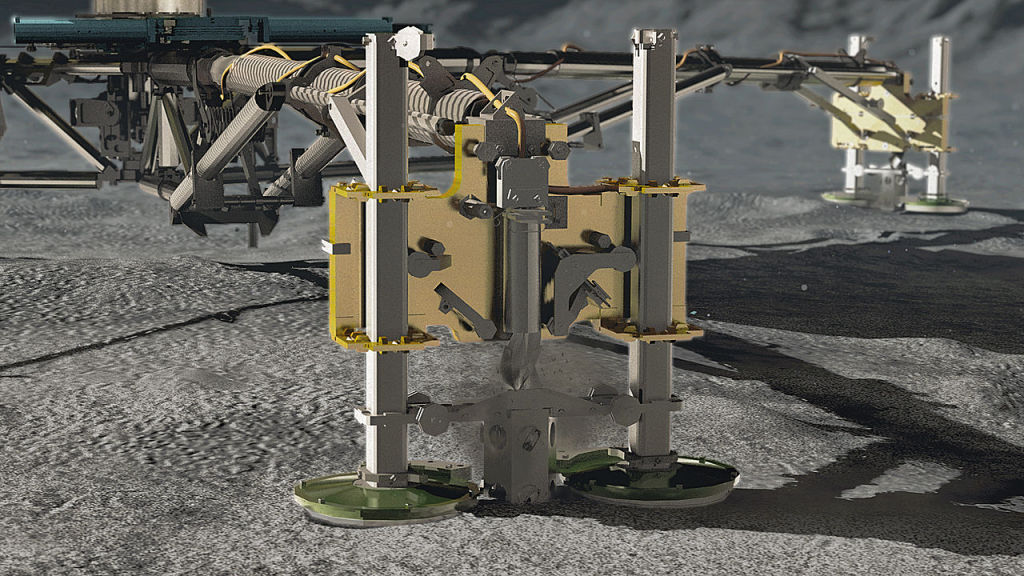The folks over at Michigan Engineering did some modeling, 3D scanning, and experimentation to tell us how to win at the age-old Thanksgiving game of breaking the wishbone. According to the folks over at aaepa.com, the tradition is much older than Thanksgiving, dating back over 2400 years to cultures that believed that birds were capable of telling us the future. There is even suggestion that the phrase "getting a lucky break" can be traced to this tradition. If you want to win, watch the 76 second video below and remember: choke up, stay stationary, and pick the thick side.
-
Recent Posts
Recent Comments
- GeneralTHC on Mythbusting: Cooling a Drink with a Wet Paper Towel
- Brian Fiedler on Fix What Bugs You (aka Lean) - Tool post wrench
- Bender Unit on Mythbusting: Cooling a Drink with a Wet Paper Towel
- John Leeman on Mythbusting: Cooling a Drink with a Wet Paper Towel
- Kel on Mythbusting: Cooling a Drink with a Wet Paper Towel
Archives
- January 2018
- January 2017
- July 2016
- June 2016
- May 2016
- March 2016
- February 2016
- January 2016
- December 2015
- November 2015
- October 2015
- September 2015
- August 2015
- July 2015
- June 2015
- May 2015
- April 2015
- March 2015
- February 2015
- January 2015
- December 2014
- November 2014
- October 2014
- September 2014
- August 2014
- July 2014
- June 2014
- May 2014
- April 2014
- March 2014
- February 2014
- January 2014
- December 2013
- November 2013
- September 2013
- April 2013
- February 2013
- December 2012
- October 2012
- September 2012
- June 2012
- May 2012
- December 2011
- September 2011
- August 2011
- July 2011
- June 2011
- May 2011
- January 2011
- December 2010
- November 2010
- October 2010
- July 2010
- June 2010
- May 2010
- April 2010
- March 2010
- February 2010
- November 2009
Categories
- 3D Printing
- Administrative
- Amateur Radio
- Career
- Caving
- Communication
- Computing
- Disaster
- Drone
- Earthquake
- Education Opportunity
- Electronics
- General Science
- Geology
- Geophysics
- Hardware
- Machining
- Nuclear Power
- Open Source
- Photography
- Productivity
- Projects
- Psychology
- Public Speaking
- Python
- Radar
- Reviews
- Rock Mechanics
- Software
- Space
- Teaching
- Uncategorized
- Video
- Weather
Meta

